
Check out our
Design Services.
| Hostas in the Shade Garden |

|
Need design help? Check out our Design Services. |
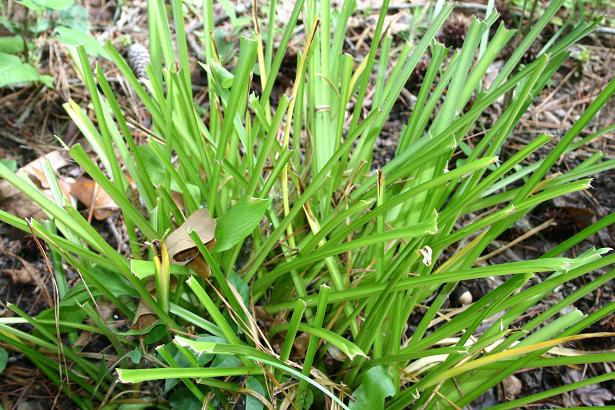
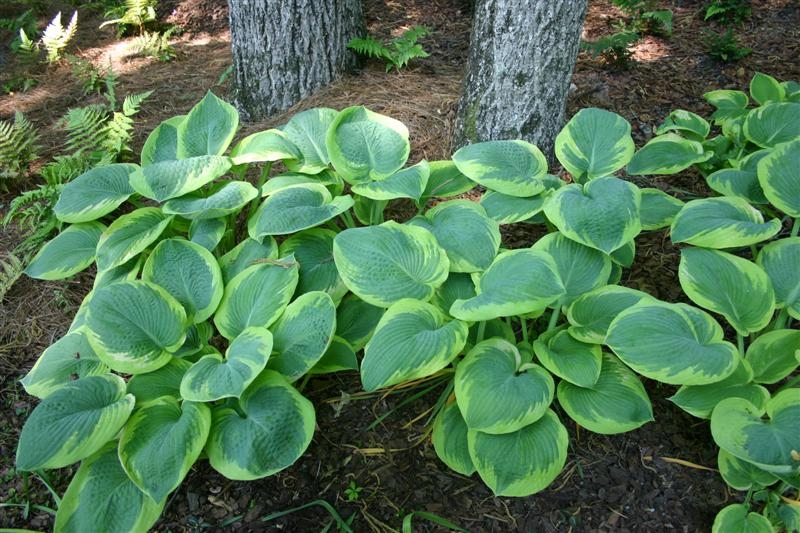
|
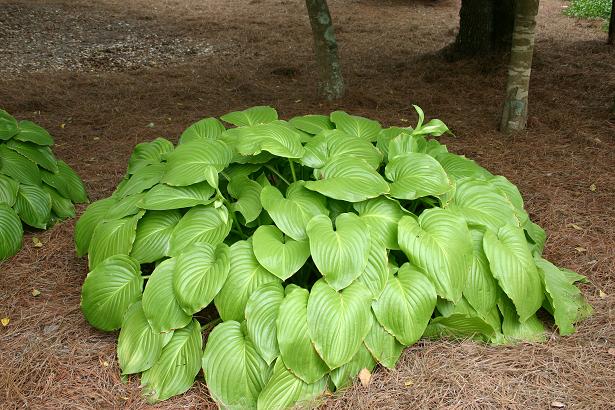
|
| Frances Williams Hosta | Sum and Substance Hosta |
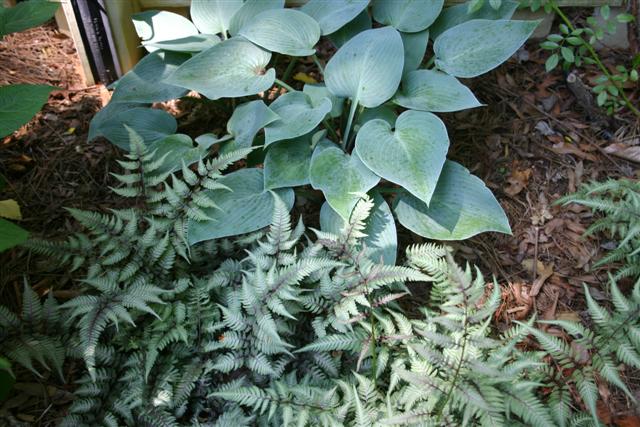
|
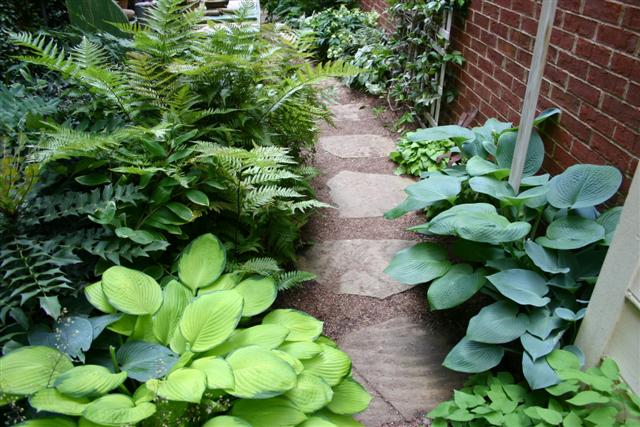
|
| Halcyon Hosta/Silver Falls J. Painted Fern | Mixed Hostas & Ferns |
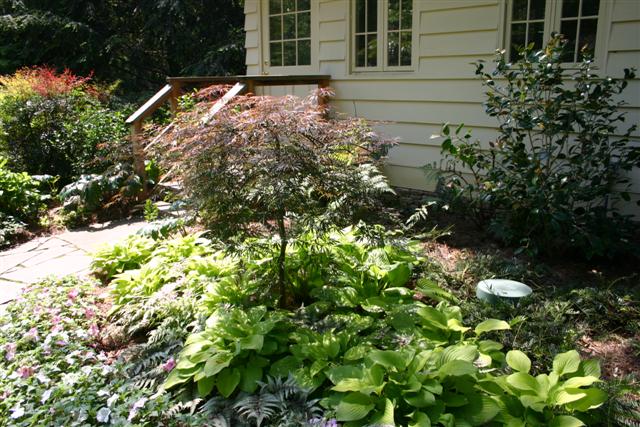
|
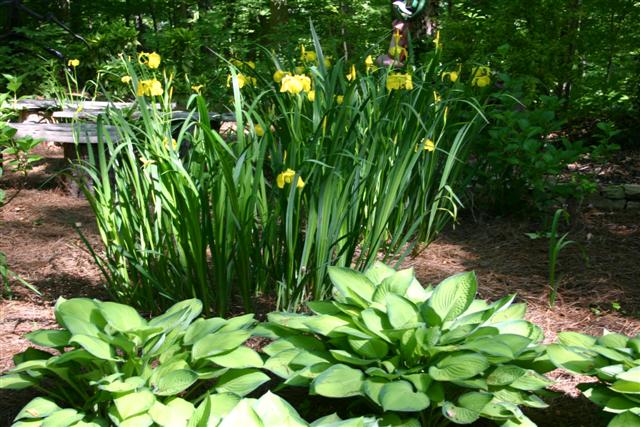
|
| Dissectum J. Maple & Hostas | Yellow Flag Iris & Hostas |
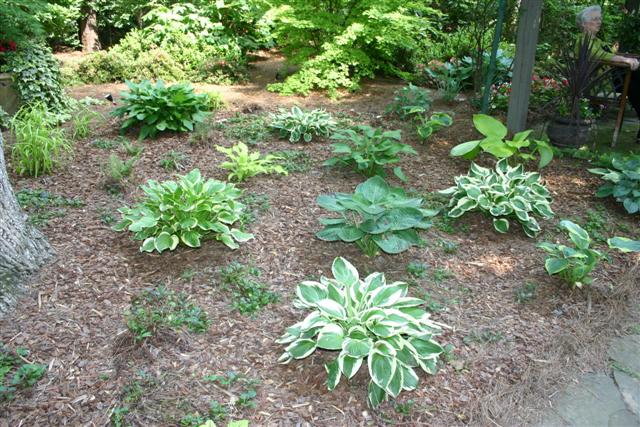
|

|
| Mixed Hostas | Hostas Along a Path |